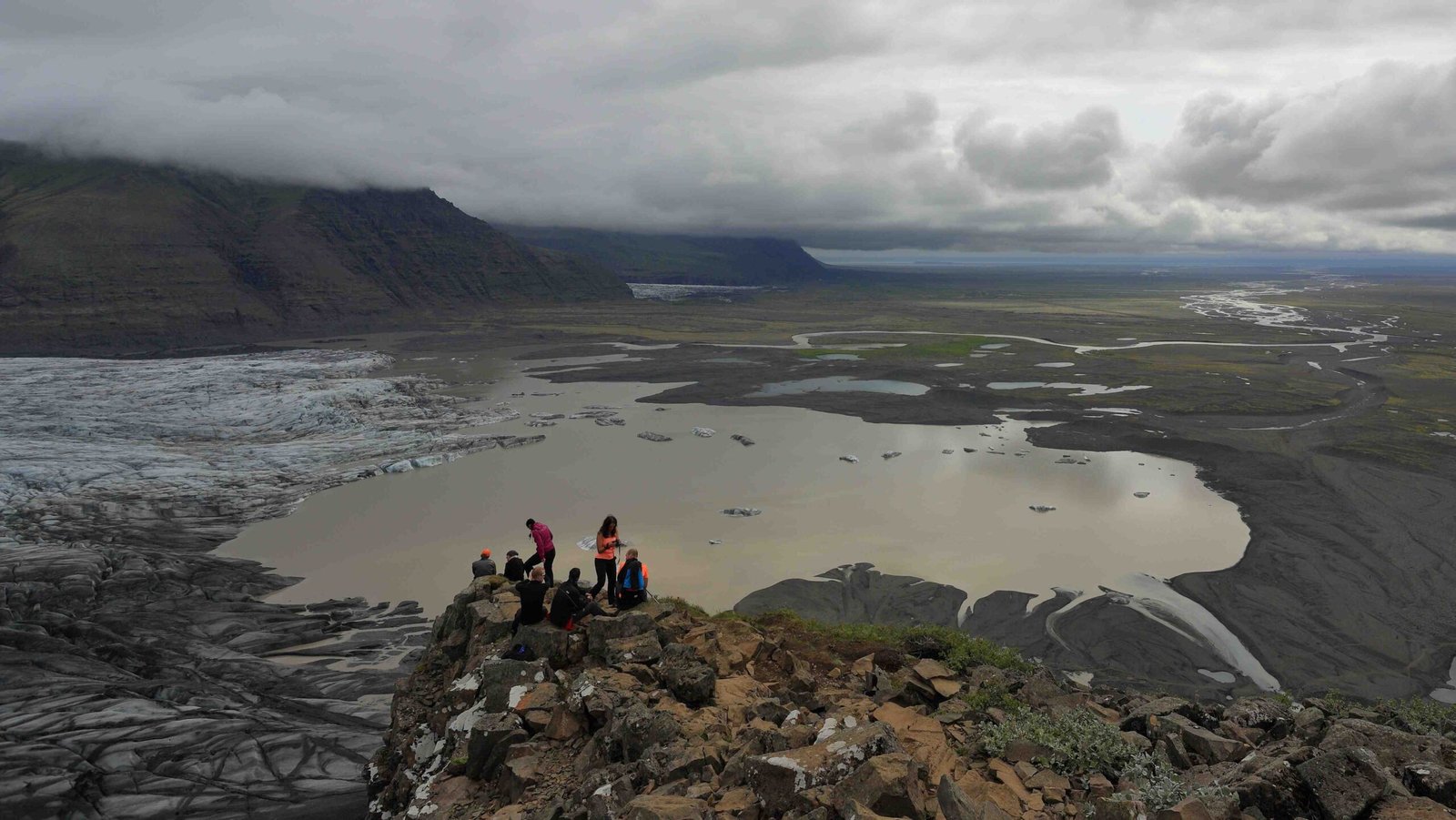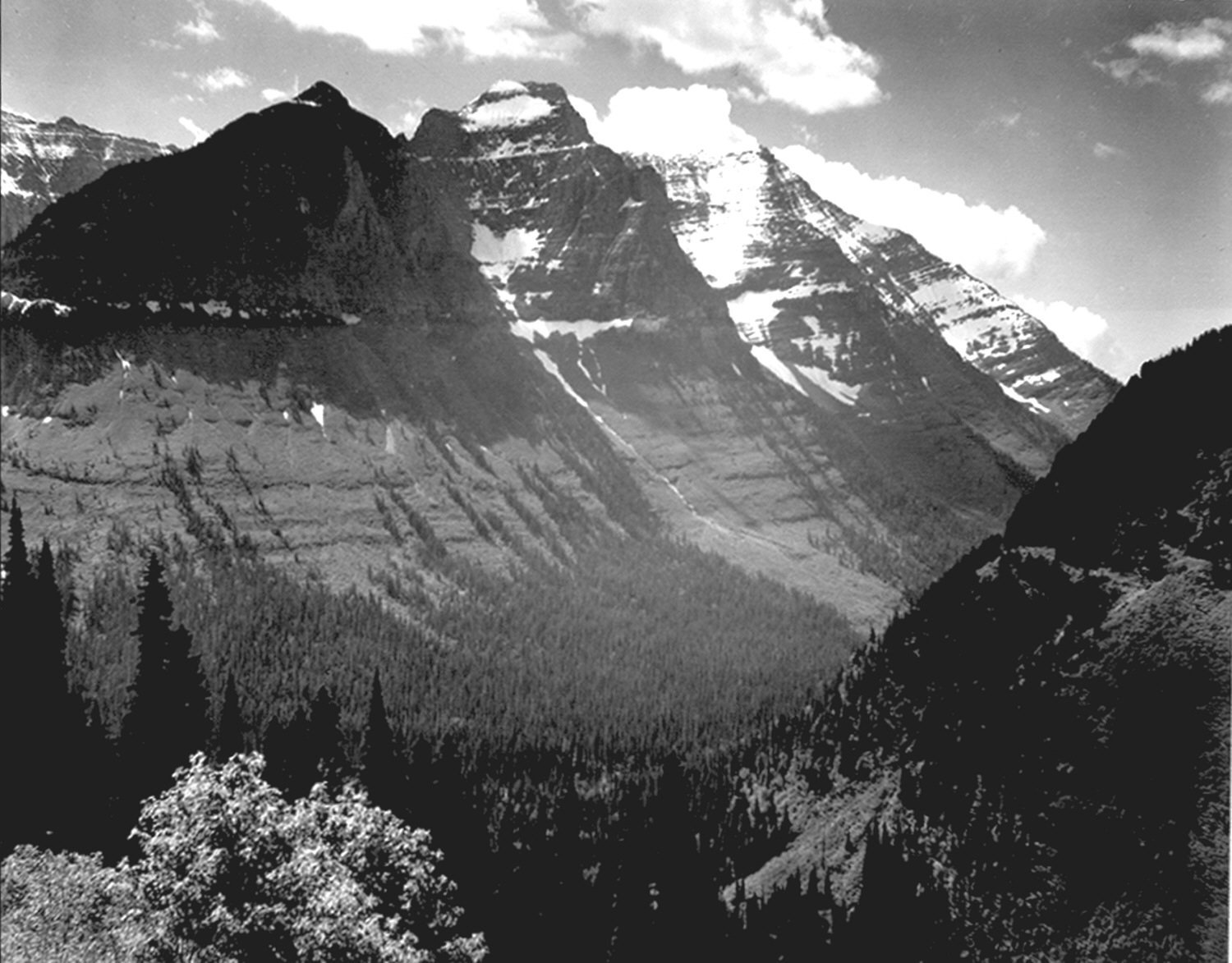Oberlin Falls Glacier National Park is a common misconception. In reality, there is no specific feature called Oberlin Falls within Glacier National Park. The confusion likely stems from the presence of Mount Oberlin, a prominent peak in the park. This article will provide a detailed exploration of Mount Oberlin and its surrounding area, offering insights into hiking trails, photography opportunities, and the natural beauty of this region within Glacier National Park.
What is the Significance of Mount Oberlin in Glacier National Park?

Mount Oberlin stands as a notable peak in Glacier National Park, offering breathtaking views and challenging hiking opportunities. Located near Logan Pass, it provides visitors with a unique perspective of the park’s rugged landscape. The mountain’s prominence and accessibility from popular areas make it a focal point for many park visitors.
How Can You Access the Mount Oberlin Trail?

The Mount Oberlin trail begins at the Logan Visitor Center, a central hub for park information and activities. Here’s a breakdown of the trail details:
- Trail Length: 3.6 miles (out-and-back)
- Difficulty: Highly challenging
- Starting Point: Logan Visitor Center
- Route: Follows Hidden Lake boardwalk initially, then diverts to a social trail
Hikers should be prepared for a strenuous journey that involves:
- Significant elevation gain
- Scrambling sections near the summit
- Following cairns for navigation
- Potential exposure to steep drop-offs
What Are the Best Times for Photography at Mount Oberlin?
For photographers seeking to capture the beauty of Mount Oberlin and its surroundings, timing is crucial. Consider the following:
| Time of Day | Advantages | Considerations |
|---|---|---|
| Early Morning | Soft light, fewer crowds | Cold temperatures |
| Late Afternoon | Golden hour lighting | Potential for afternoon storms |
| Sunset | Dramatic colors | Limited time before darkness |
Seasonal variations also play a role:
- Summer: Peak season with clearer weather and wildflower blooms
- Fall: Potential for colorful foliage and fewer crowds
- Winter: Snow-covered landscapes but limited access
How Accessible is Mount Oberlin for Visitors?
Accessibility to Mount Oberlin varies depending on individual capabilities:
- Parking: Available at Logan Visitor Center
- Trail Difficulty: Not suitable for all mobility levels
- Permits: No specific permits required for hiking
Visitors should be aware that the trail involves:
– Steep inclines
– Unmarked sections
– Potential for challenging weather conditions
What Photography Equipment is Recommended for Mount Oberlin?
To capture the best images of Mount Oberlin and its surroundings, consider bringing:
- A sturdy camera with good image stabilization
- Wide-angle lens for sweeping landscape shots
- Telephoto lens for distant details
- Tripod for stability in windy conditions
- Polarizing filter to enhance sky and reduce glare
- Extra batteries and memory cards
How Can Hikers Prepare for the Mount Oberlin Trail?
Proper preparation is essential for a safe and enjoyable experience on the Mount Oberlin trail:
- Physical Fitness: Train for steep inclines and high altitude
- Gear: Bring sturdy hiking boots, layers of clothing, and trekking poles
- Navigation: Familiarize yourself with the route and carry a map
- Water and Food: Pack more than you think you’ll need
- First Aid: Carry a basic first aid kit
- Weather: Check forecasts and be prepared for rapid changes
What Wildlife Might You Encounter on Mount Oberlin?
Mount Oberlin and its surrounding areas are home to diverse wildlife:
- Mountain goats
- Bighorn sheep
- Marmots
- Various bird species
Visitors should maintain a safe distance from all wildlife and never feed animals.
How Does Mount Oberlin Contribute to Glacier National Park’s Ecosystem?
Mount Oberlin plays a vital role in the park’s ecosystem:
- Watershed: Contributes to the park’s water systems
- Habitat: Provides diverse environments for plant and animal species
- Geology: Showcases the park’s unique geological formations
- Climate Indicator: Changes in snow cover and vegetation can indicate climate trends
What Are the Conservation Efforts Around Mount Oberlin?
Preserving Mount Oberlin and its surroundings is crucial:
- Trail maintenance to prevent erosion
- Visitor education on Leave No Trace principles
- Monitoring of plant and animal populations
- Research on climate change impacts
Visitors can contribute by staying on designated trails and reporting any issues to park rangers.
How Has Climate Change Affected Mount Oberlin?
Climate change has notable impacts on Mount Oberlin and Glacier National Park:
- Receding glaciers in the park
- Changes in plant and animal distributions
- Altered snowpack and melt patterns
- Increased risk of wildfires
Ongoing research continues to monitor these changes and their long-term effects on the park’s ecosystem.
By exploring Mount Oberlin, visitors can gain a deeper appreciation for the natural wonders of Glacier National Park and the importance of preserving these unique landscapes for future generations.
References:
1. https://glacier.nationalparkschat.com/viewtopic.php?t=9364
2. https://www.alltrails.com/trail/us/montana/mount-oberlin-trail
3. https://www.summitpost.org/mount-oberlin/151298